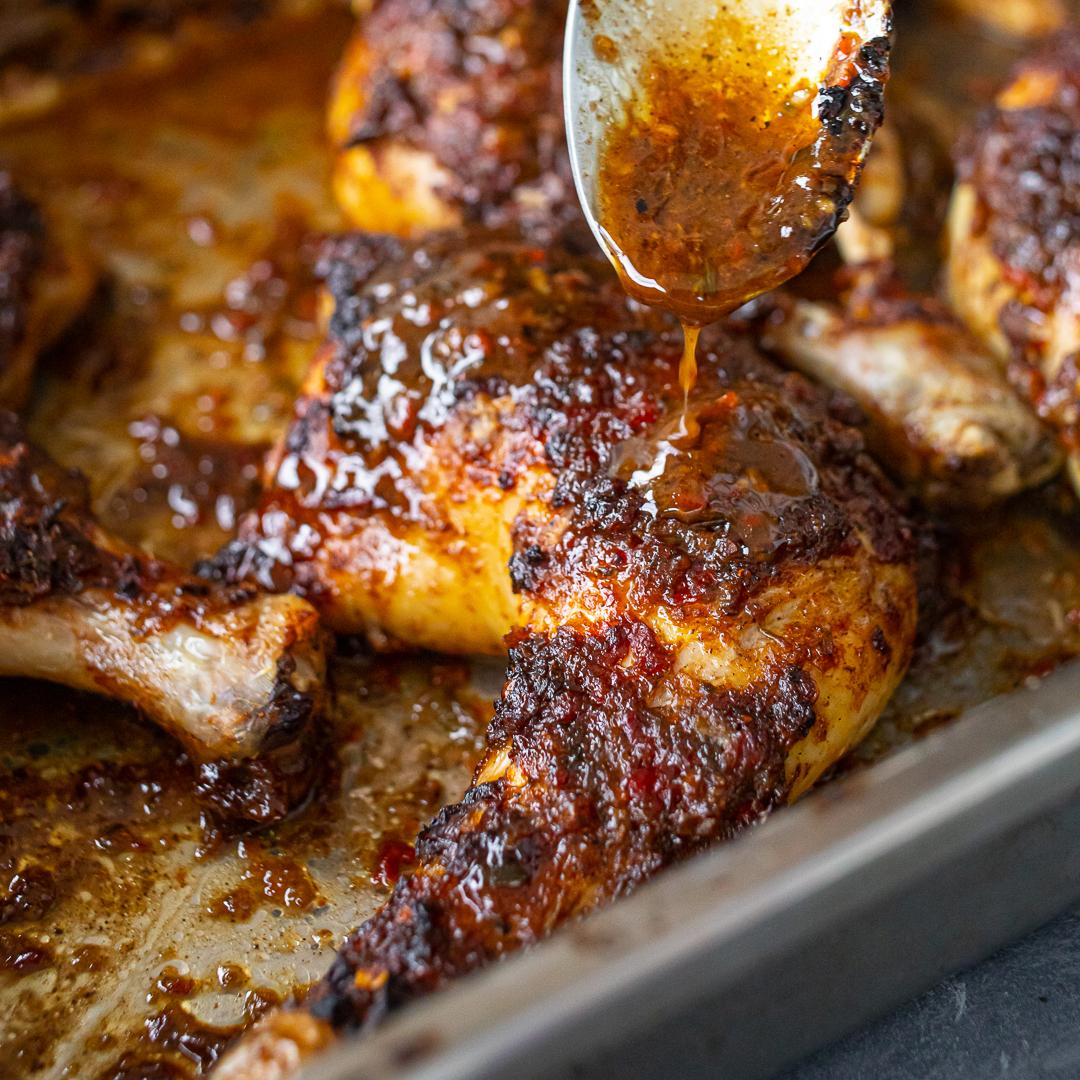For those that made the middle passage to work on the sugar cane and cotton fields, brutal treatment on plantations became intolerable. Over time, numerous uprisings occurred by those who refused to accept the inhumane subjugation of plantation life. In 1655, the British took a hold of the island from Spain and many used this opportunity to escape. Those who managed to evade capture, fled to the mountainous areas of the island.
Limited food supplies in the mountains meant survival was challenging. Roaming wild boar became their primary food source, which began the origins of jerk. They seasoned them with salt and wild herbs, then dug holes in the ground filled with wood and buried the meat in pits. They covered these roasting pits to hide any smoke emitted that could attract attention.
For jerk to be cooked authentically, it must be cooked on pimento wood, giving the meat a smoked and spicy aroma when grilled. As the cooking of jerk has evolved, nowadays, the meat is marinated first with dry spices or a paste made from pimento seeds, also known as allspice (early Europeans mistook the pimento berries for black pepper and named them pimento, which is the Spanish word for pepper), scotch bonnet peppers, onions, garlic, thyme and a few other ingredients.
Over time, this cooking method has evolved in Jamaica, and you will find jerk huts all over the island, with massive grills made of chicken wire and corrugated iron above smoking pimento wood underneath, and the array of meat sometimes covered with plantain leaves whilst it slowly smokes.
Pork is still the most popular meat of choice for jerk as it was by necessity by the Maroons many centuries prior, however, chicken is also a favourite and now known internationally, not only highlighting Jamaican cuisine but Caribbean culture. It’s simply served with pepper sauce or ketchup with a little of the species used in the jerk seasoning.
